PROTECT YOUR DNA WITH QUANTUM TECHNOLOGY
Orgo-Life the new way to the future Advertising by AdpathwayLandscaping around a pool can be a lot of fun. Once you decide what vibe you’re going for, there are many decisions to make. From pavers to patio umbrellas, there is plenty to think about.
One of the most essential design elements to consider is the plants you want to include in your space. It’s equally important to know which plants you should never grow around your pool, and why.
There are several important factors to consider when you choose your plants. The amount of maintenance is an important one, in addition to the amount of mess they create. You want plants that tolerate exposure to salt or chlorine, and that don’t have aggressive root systems.
I don’t want to say you should never include these, but it’s a good idea to avoid plants with thorns around the pool. You probably don’t want to attract bees to that area either. Bees are already attracted to chlorine water, so drawing them in with their favorite plants won’t improve the situation.
Some ideal things to plant around your pool include clumping bamboo, boxwood, juniper, ornamental grasses, and sun-tolerant perennials. Succulents are great, ferns are ideal for shaded areas, and non-flowering shrubs are perfect.
Let’s take a look at some of the things that you should never grow around your pool.
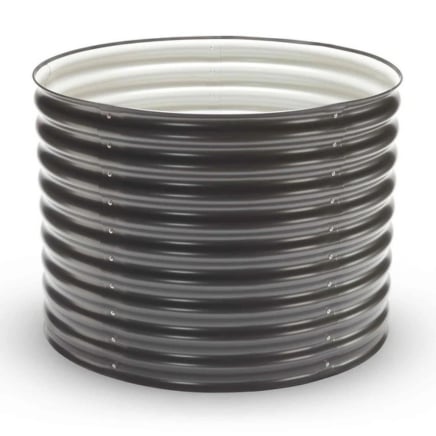
Round Metal Raised Garden Bed Kit
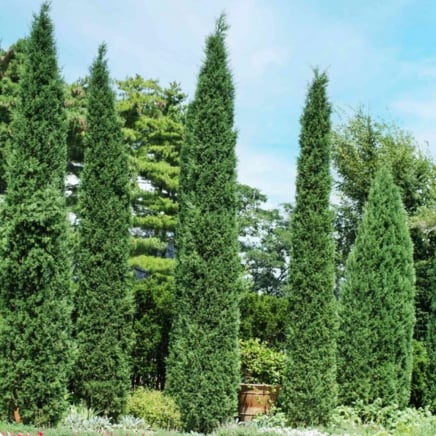
Slat Rectangular Planter Box

Slat Rectangular Planter Box
Bougainvillea
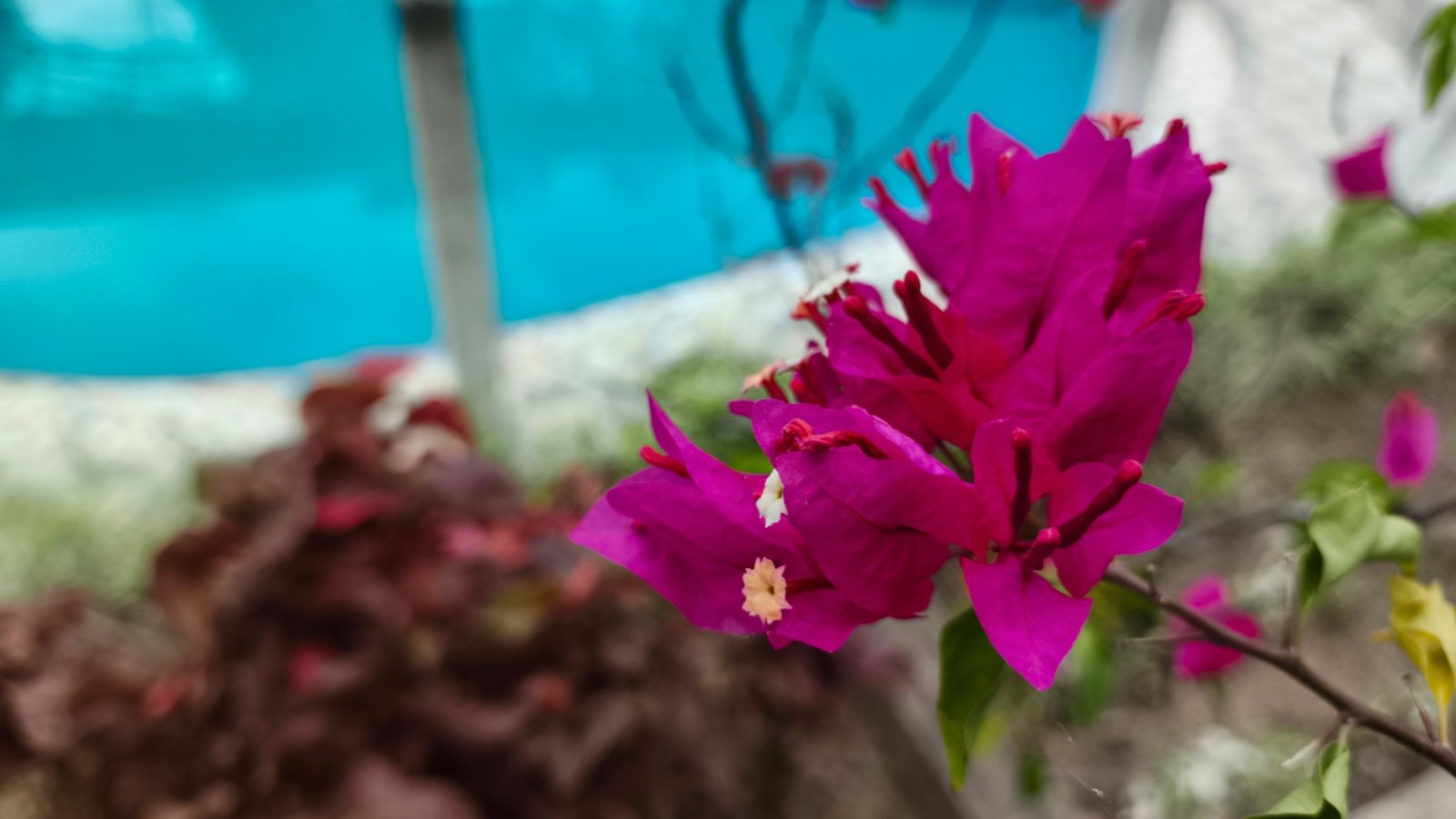 Thorns, mess, and aggressive growth make it risky.
Thorns, mess, and aggressive growth make it risky.Bougainvillea is spectacular and can create a ton of drama in your outdoor living areas. However, you should never grow this climbing vine around your pool. For one thing, the woody vines have large, sharp thorns, which present a serious safety concern.
This is a messy shedder that drops its stunningly beautiful bracts all over the place. They can clog up your pool filter, make it difficult to keep things clean, and even stain your pavers.
Finally, its aggressive spreading habit makes this a poor choice for the pool area. It can overtake structures around the pool, causing crowding and damage.
Jacaranda
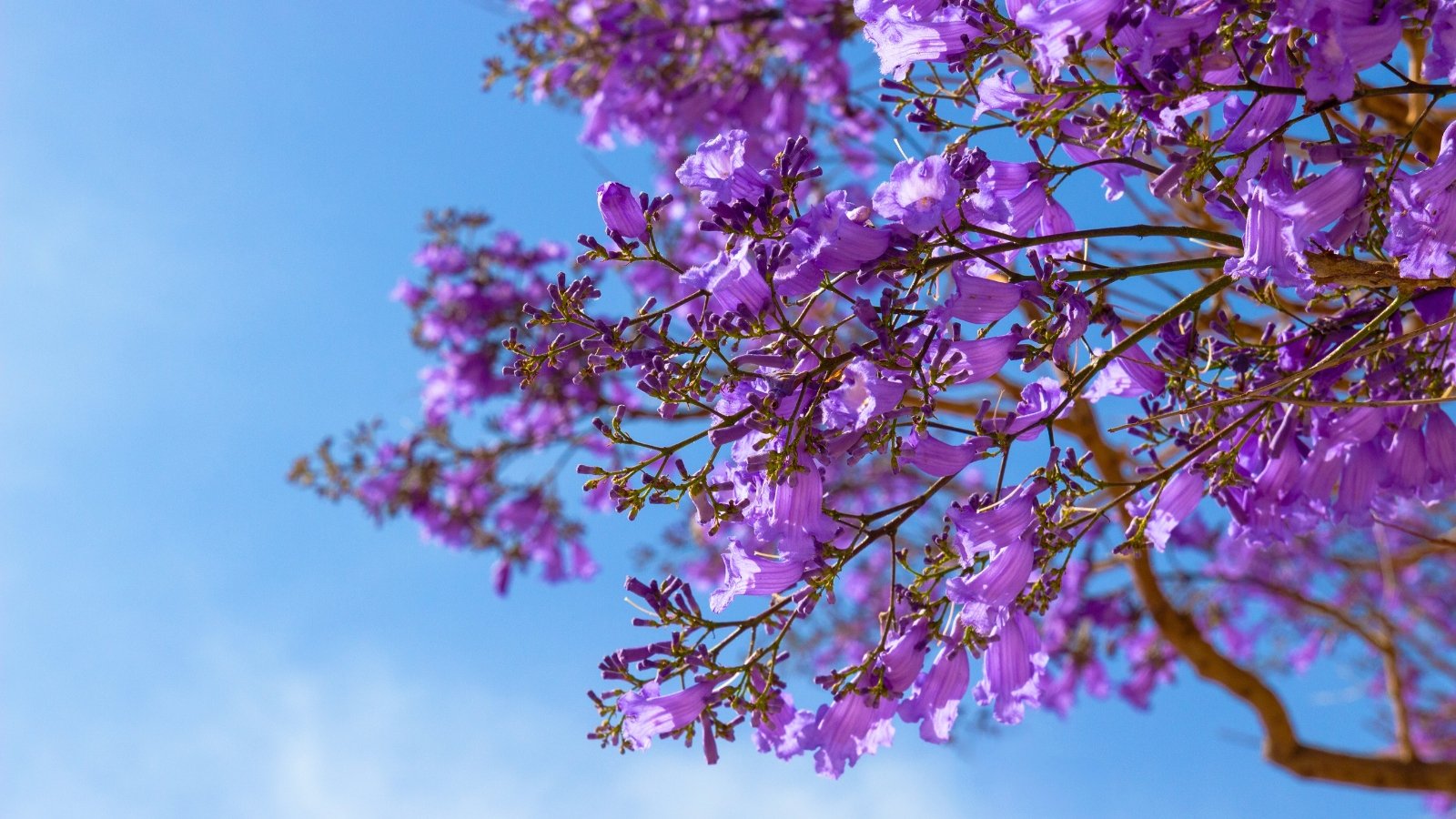 Huge roots and constant shedding are a bad combo.
Huge roots and constant shedding are a bad combo.Jacarandas are some of the most stunning trees you’ll find, but never grow one around your pool. Their wide, branching canopies and incredible floral displays make them an unmistakable beauty. They are a wonderful tree for landscaping near a lake or in an open space, but around your pool, not so much.
Jacarandas and closely related trees, including royal poincianas, should never grow around your pool. For one thing, they grow quite large, up to 50 feet tall and wide, and they will drop leaves and flowers all over your pool.
They also have an extensive root system that is capable of cracking cement and disturbing your plumbing.
Queen Palm
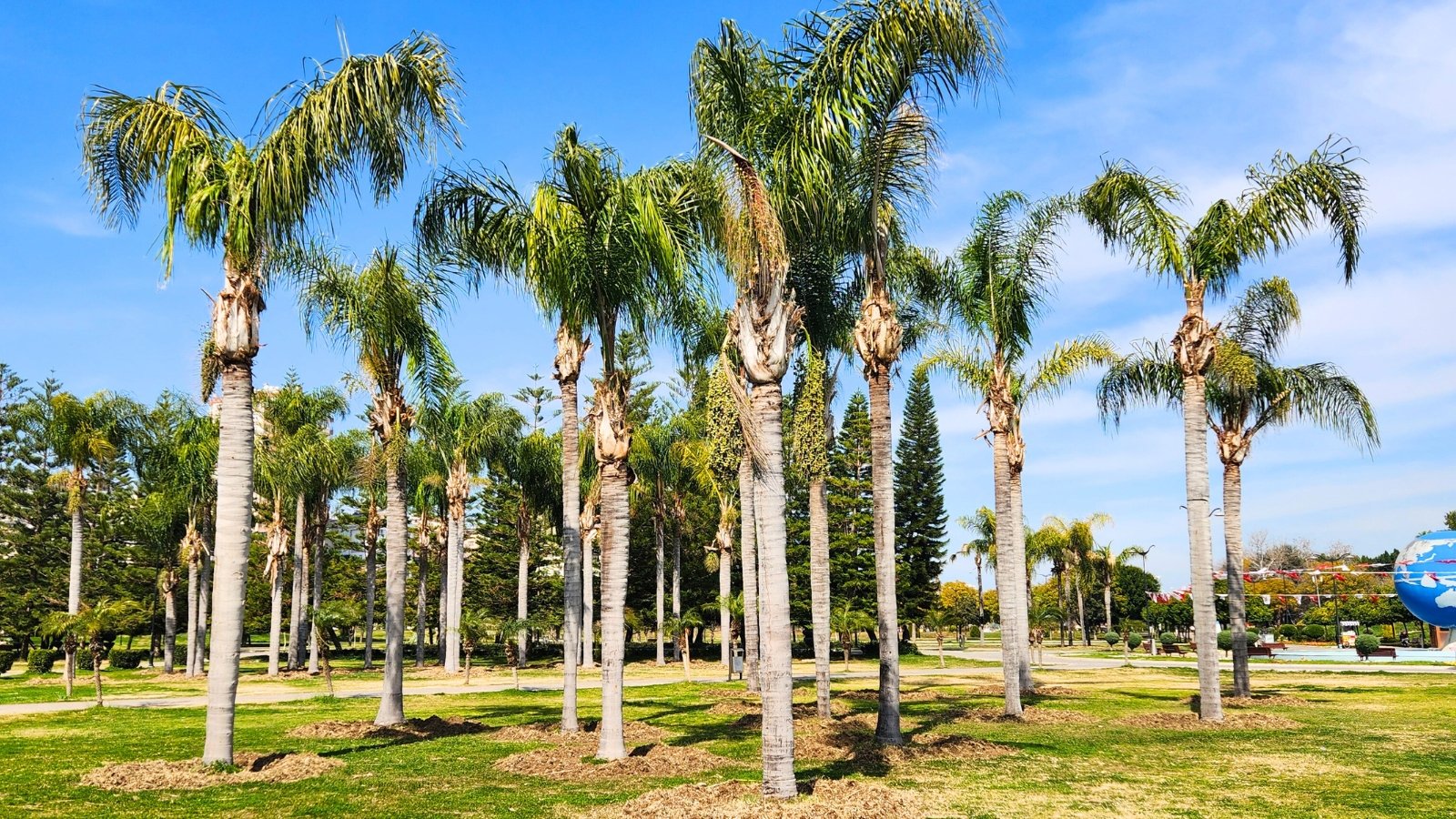 Sheds heavy fronds and sticky fruit year-round.
Sheds heavy fronds and sticky fruit year-round.The majestic queen palm seems like it ought to be perfect for the perimeter of a pool. Tall, slim, and elegant, these line all the most swanky streets in Palm Beach. But you should never grow them around your pool. These trees shed large, heavy fronds, flowers, and fruit throughout the year.
Large flower stalks shed tons of sticky pollen, and the orange fruits will stain your patio. They also attract rodents and insects. They have extensive root systems that anchor them during storms, but can interfere with your concrete. They’re also fairly high maintenance. Best to skip these.
Running Bamboo
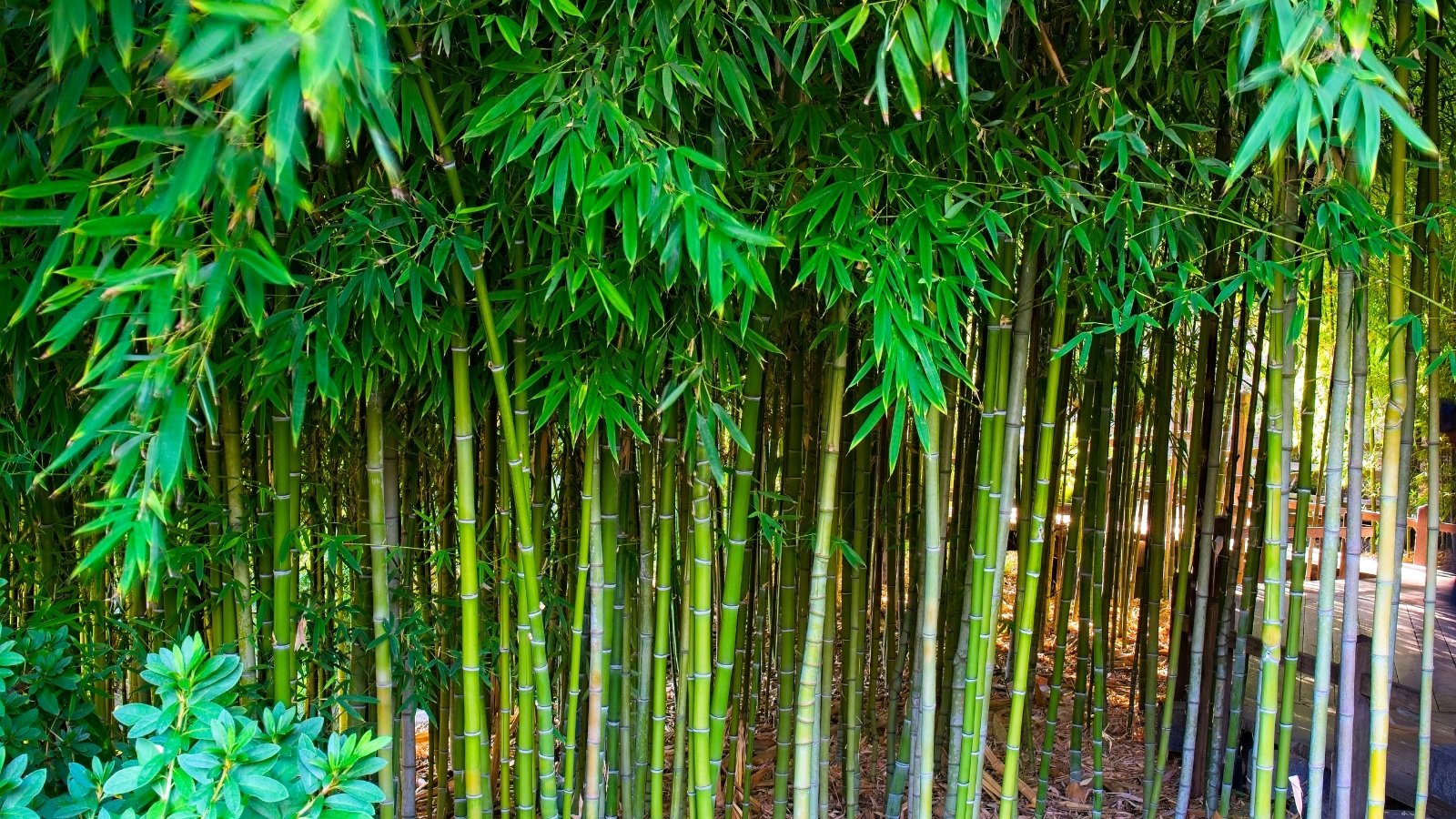 Spreads fast and destroys patios, pipes, and peace.
Spreads fast and destroys patios, pipes, and peace.This one needs no real explanation. I’ll never understand why nurseries even carry running bamboo. It’s incredibly high maintenance, and unless you are fastidious, year after year, you’re going to have issues.
This invasive plant may be striking in appearance, but in garden use, it’s highly impractical. You should never grow running bamboo around your pool.
Running bamboo travels far from its planting site. They can invade your pool, patio, and plumbing. Their long, fast-growing roots can damage the foundation of your pool, and once established, they’re incredibly difficult to remove. They drop leaves and require a ton of attention. Do yourself a favor and opt for a clumping bamboo instead. You’ll thank me later.

Willow
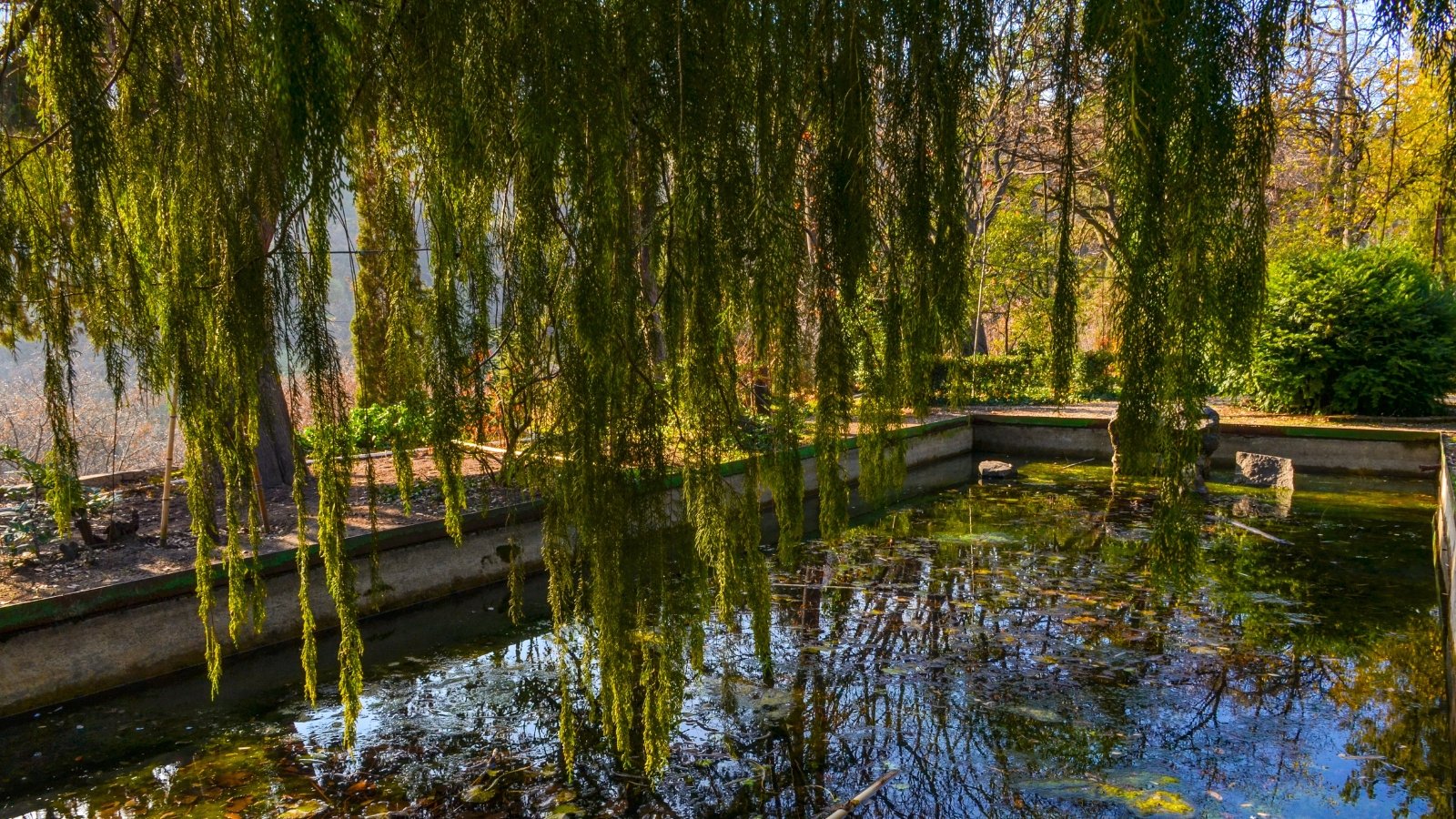 Roots seek water, and debris falls nonstop.
Roots seek water, and debris falls nonstop.Willow trees are lovely with their slender branches and fine foliage. I especially love those of the weeping variety. However, there are a few reasons why you should never grow one around your pool.
Willows have large, fast-spreading root systems, and they seek out water. They will find it, and it will ruin your plumbing.
Willows have high water needs, and pools typically have surrounding hardscapes that dry out easily. Between this and a willow’s penchant for constantly shedding leaves, twigs, catkins, and bark, it’s a lot of work. You’ll be vacuuming that pool more often than you swim in it.
Poplar
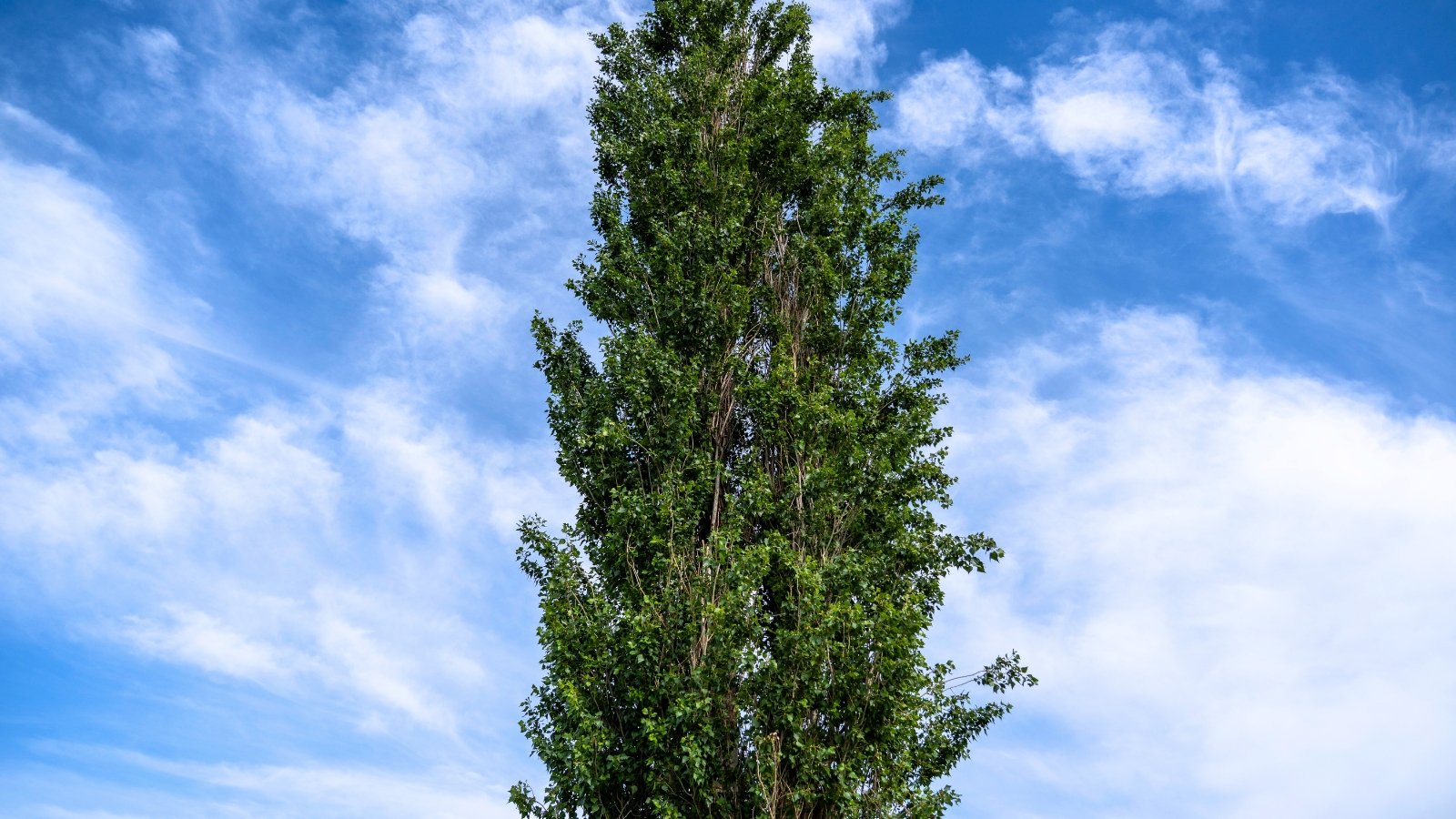 Short-lived trees with messy habits and brittle limbs.
Short-lived trees with messy habits and brittle limbs.Poplars are wonderful trees that display a dazzling pop of gold leaves against the fading autumn garden. They’re wonderful if you’ve got the space for them.
However, you should never grow them around your pool. Poplars have aggressive root systems that seek out moisture. They can travel great distances to find it.
Poplars also shed constantly. Leaves, catkins, twigs, and bark will be a constant issue throughout the year. These trees also have a short lifespan, and they tend to have weak limbs. In a storm or strong wind, you may end up with branches or even large limbs in your pool.
Ficus
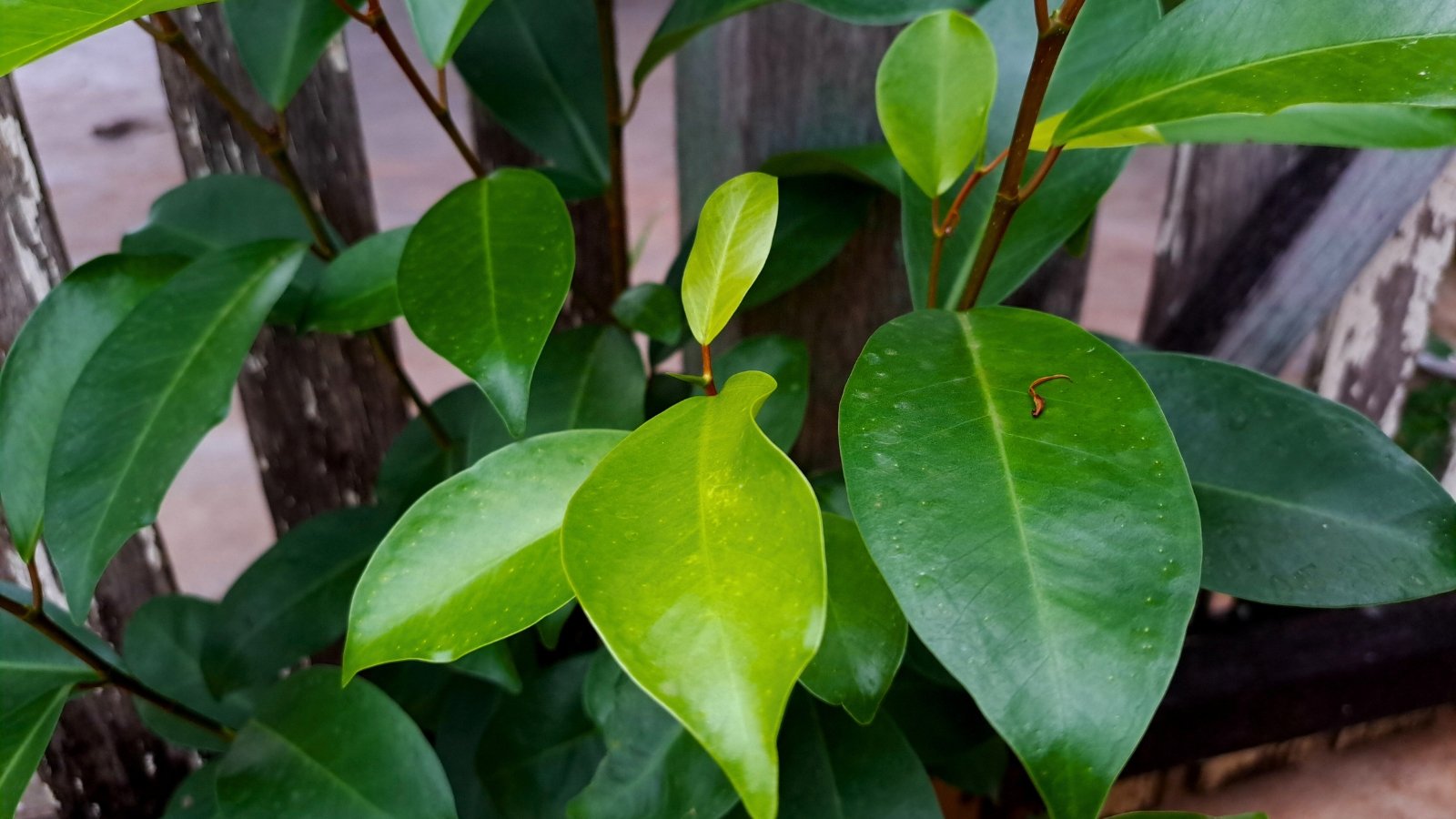 Roots crack concrete and fruit attracts pests.
Roots crack concrete and fruit attracts pests.There are many beautiful types of ficus plants. And while some smaller ones might be alright, in general, you should never grow these around your pool.
Ficus trees have invasive roots that spread a long way, seeking out moisture. They can lift and crack concrete and damage foundations.
Ficus trees are high-maintenance and require frequent pruning and upkeep. They drop fruit all over the place, and their fruits can stain surfaces and attract unwanted pests. These plants attract a lot of pests in general, even when they aren’t dropping fruit. No one wants to attract ants and other insects to their pool area.
Mimosa
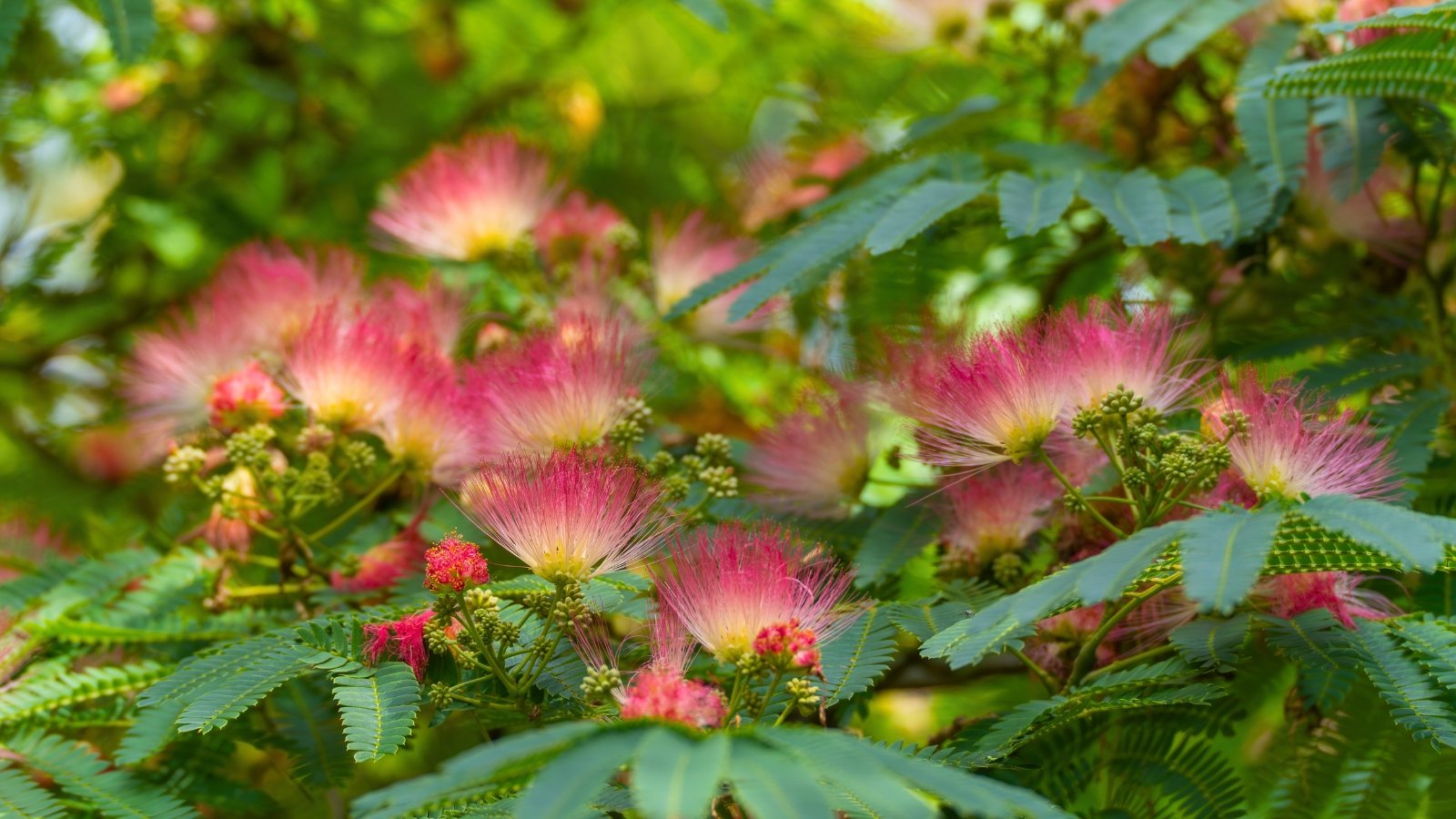 Breaks easily, reseeds fast, and litters constantly.
Breaks easily, reseeds fast, and litters constantly.I love the fluffy, fantastical flowers of a mimosa tree; they are so beautiful! Mimosa trees are stunning landscape elements, but you should never grow one around your pool. In many places, mimosa trees are invasive. They spread quickly and reseed aggressively.
In all regions, mimosa trees have weak wood that breaks easily, making a mess of your pool on windy days. They drop a lot of debris, from flowers and leaves to seed pods and small twigs.
In other words, they require constant cleanup. They also have a short lifespan and are susceptible to disease.
Pine
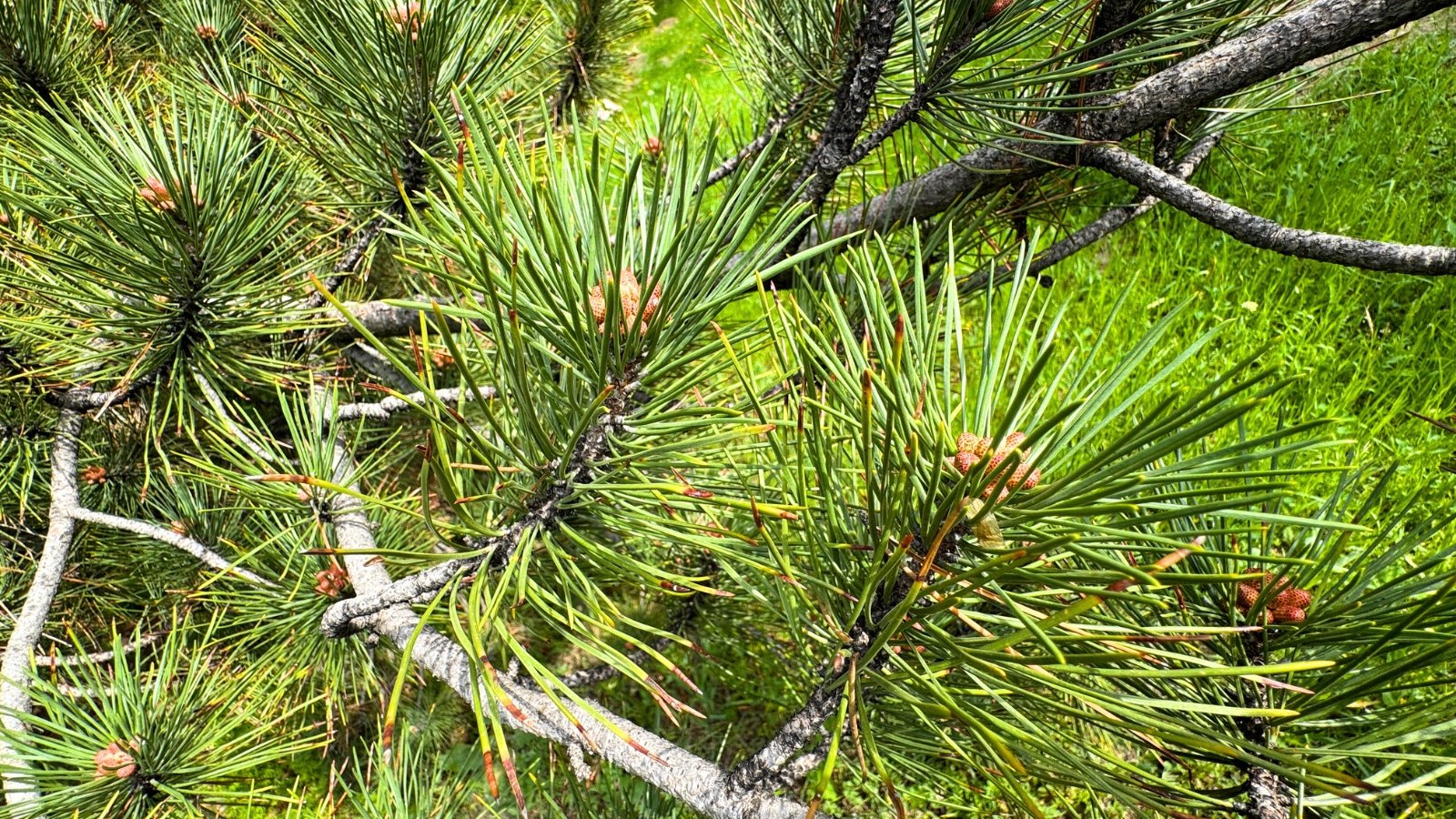 Drops sap, needles, and cones that clog everything.
Drops sap, needles, and cones that clog everything.You should never grow pine trees around your pool. Pines of all kinds constantly drop debris in the form of pollen, needles, cones, and sap. This can dirty the water, clog the filter, and leave you with a ton of work on your hands. It won’t leave much time for play.
Pines tend to have wide, but shallow root systems. These can crack concrete decking and damage your plumbing. They grow large and cast a long shadow, preventing the sun from heating your pool. Pine sap is terribly difficult to clean off of just about everything. They also attract a ton of pests.
Cacti
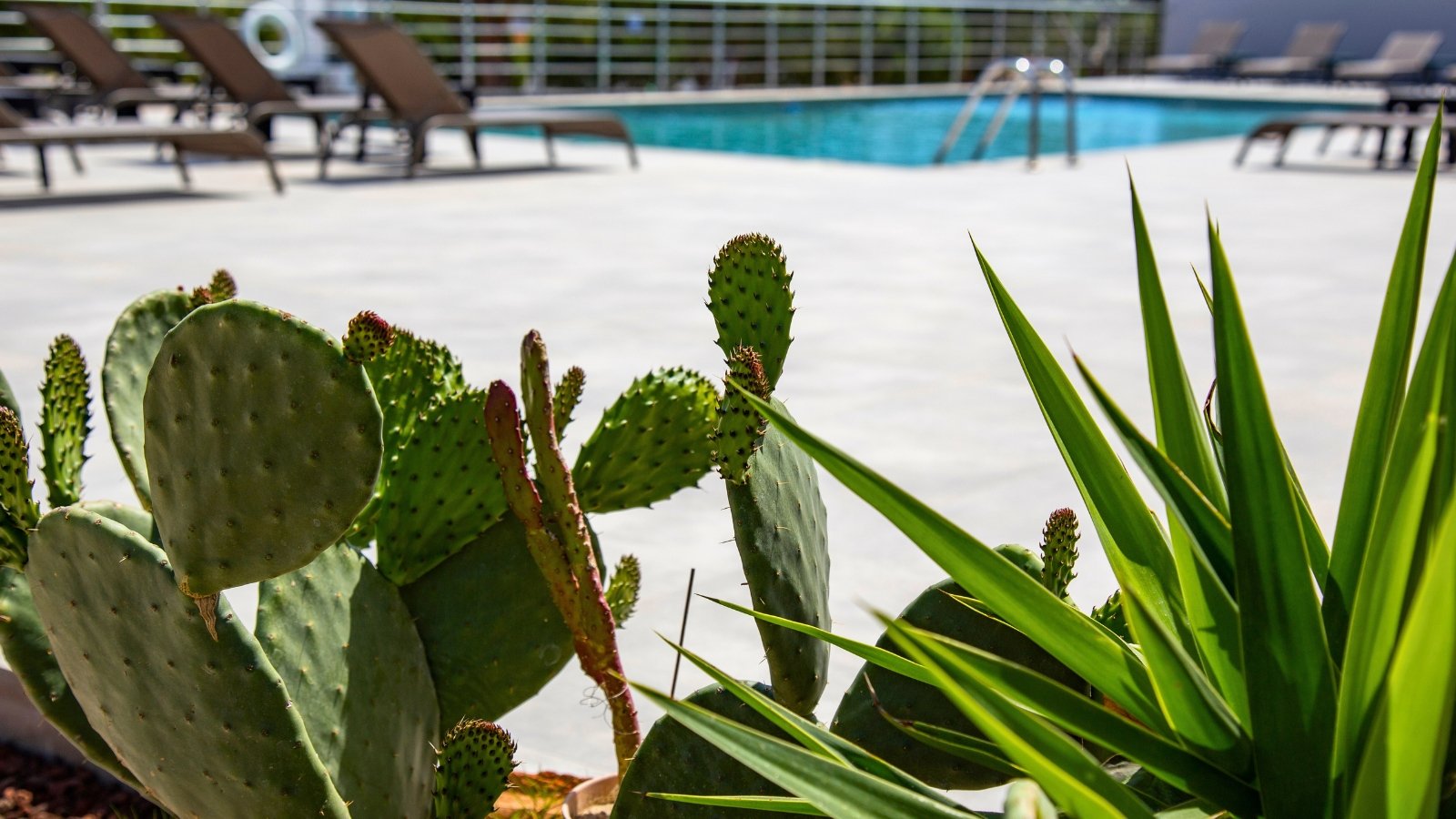 Spines are a hazard near kids, pets, and swimmers.
Spines are a hazard near kids, pets, and swimmers.To simply say that you should never grow cacti around your pool leaves quite a lot unsaid. There is really only one reason to avoid these plants in the pool area, and that is their spines.
If you never intend to have kids or pets running around, go for it. Otherwise, steer clear. Stick to succulents that don’t have any spines or spikes that people and pets can get hurt on.
Fruit Trees
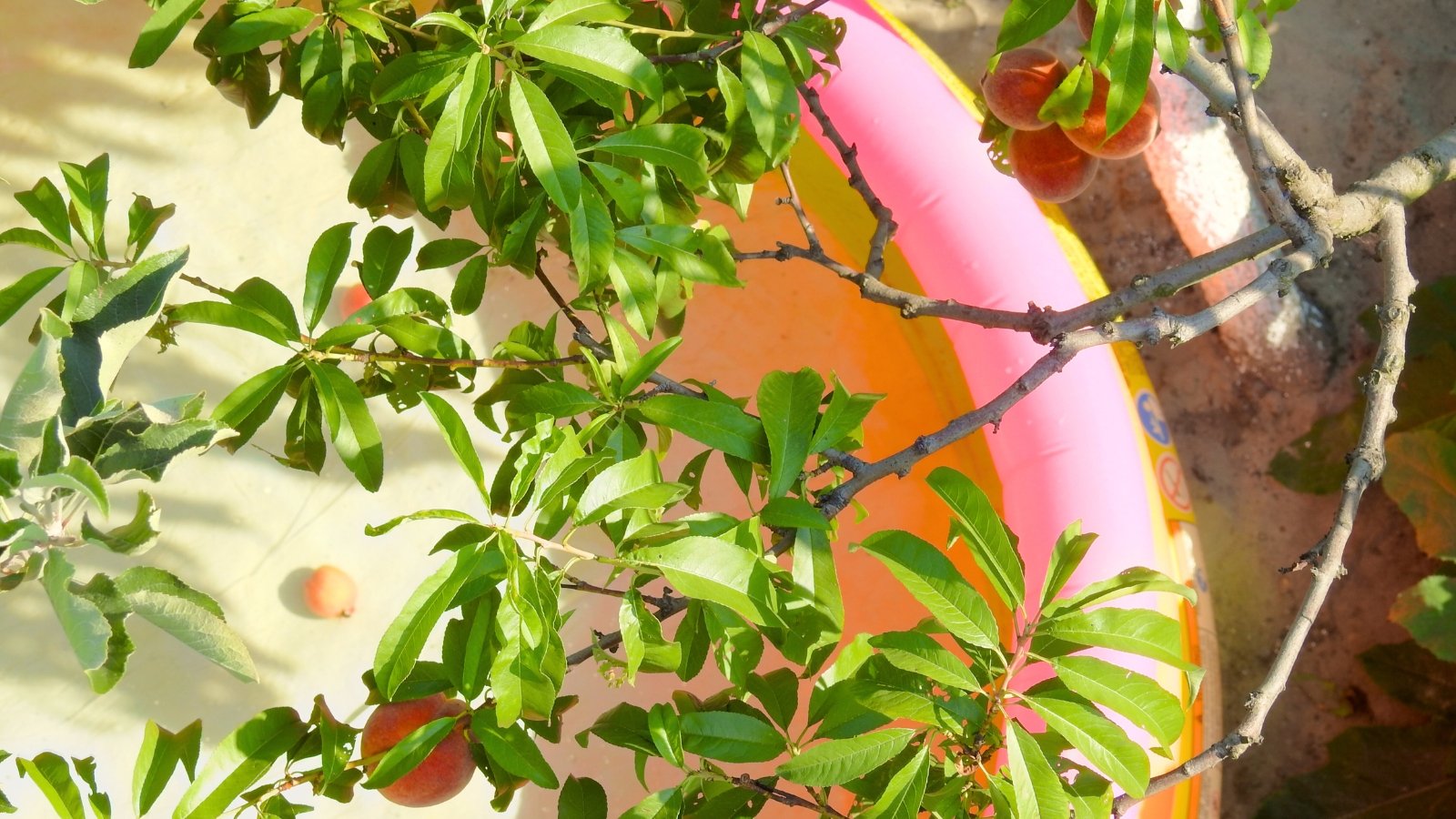 Fruit, thorns, and bugs bring mess and trouble.
Fruit, thorns, and bugs bring mess and trouble.This is another broad generalization, and it covers most fruits, but not all. Citrus trees can be fine near a pool because they are less messy. However, many have sharp thorns, which is something to avoid.
For the most part, never plant fruit trees around your pool. For one thing, they attract insects, and some of them sting. Aside from that, they drop fruit and make a huge mess, clogging filters and staining decks and patios.


 1 day ago
14
1 day ago
14
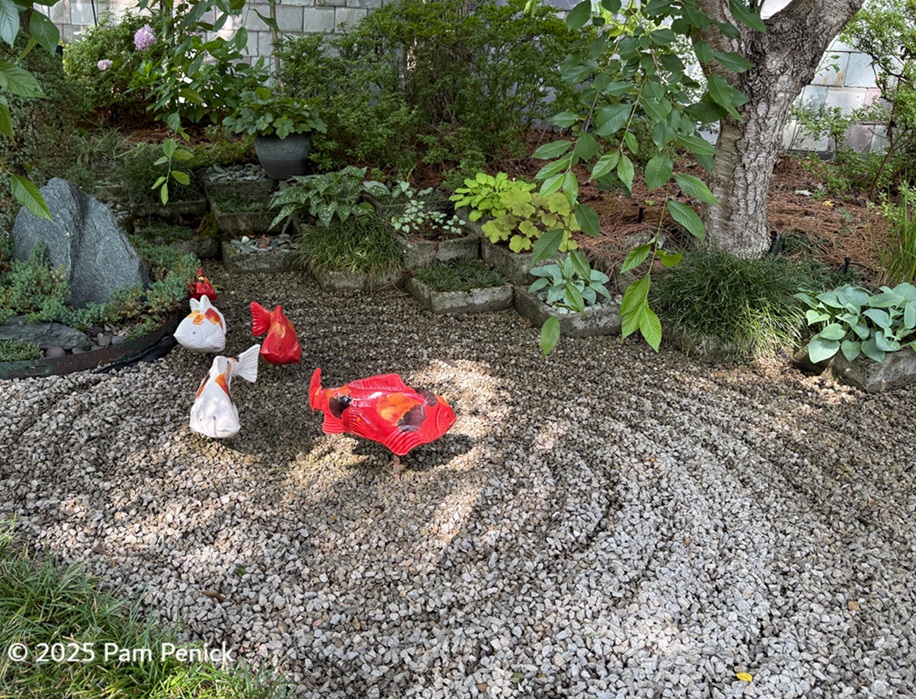
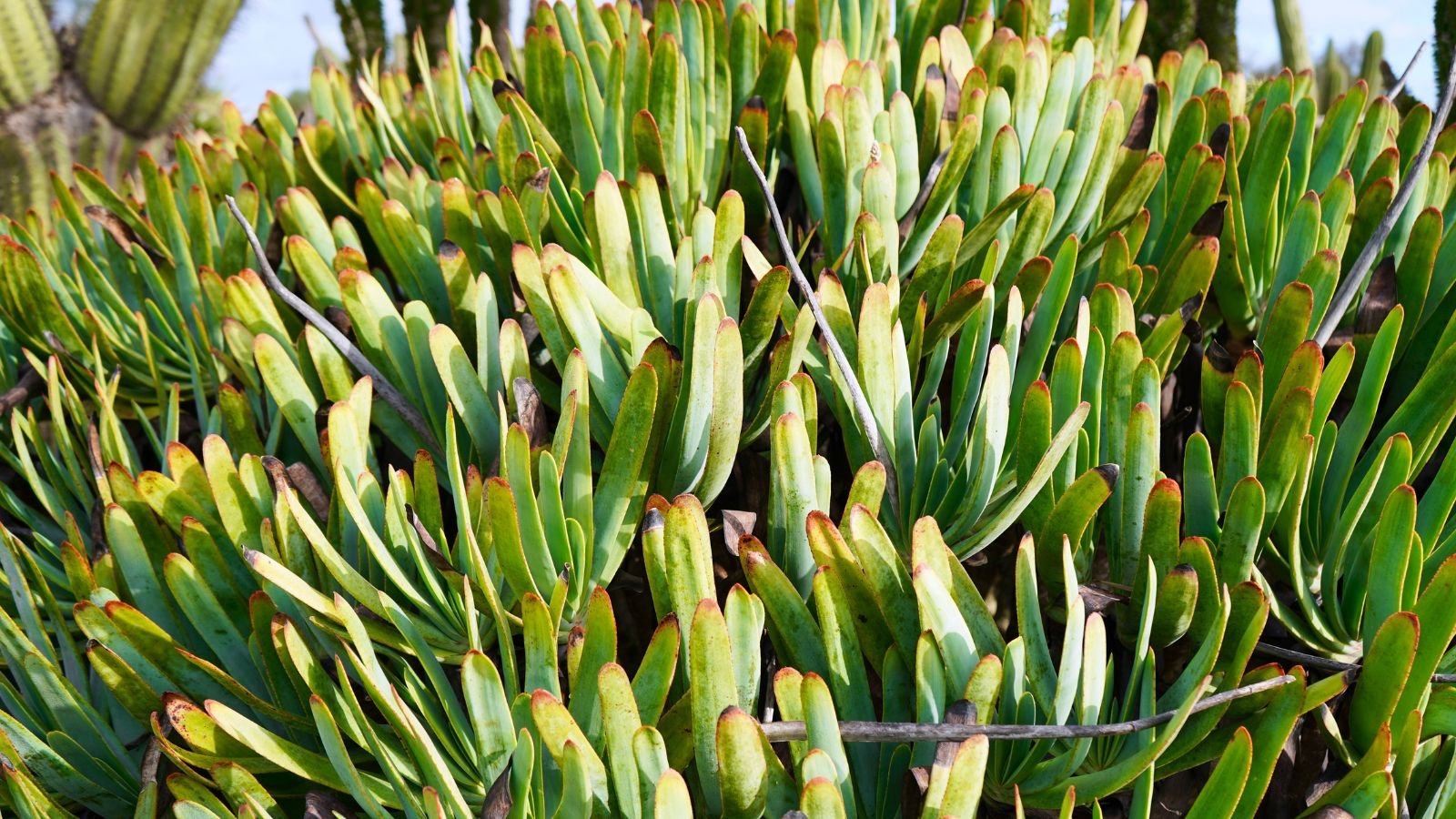




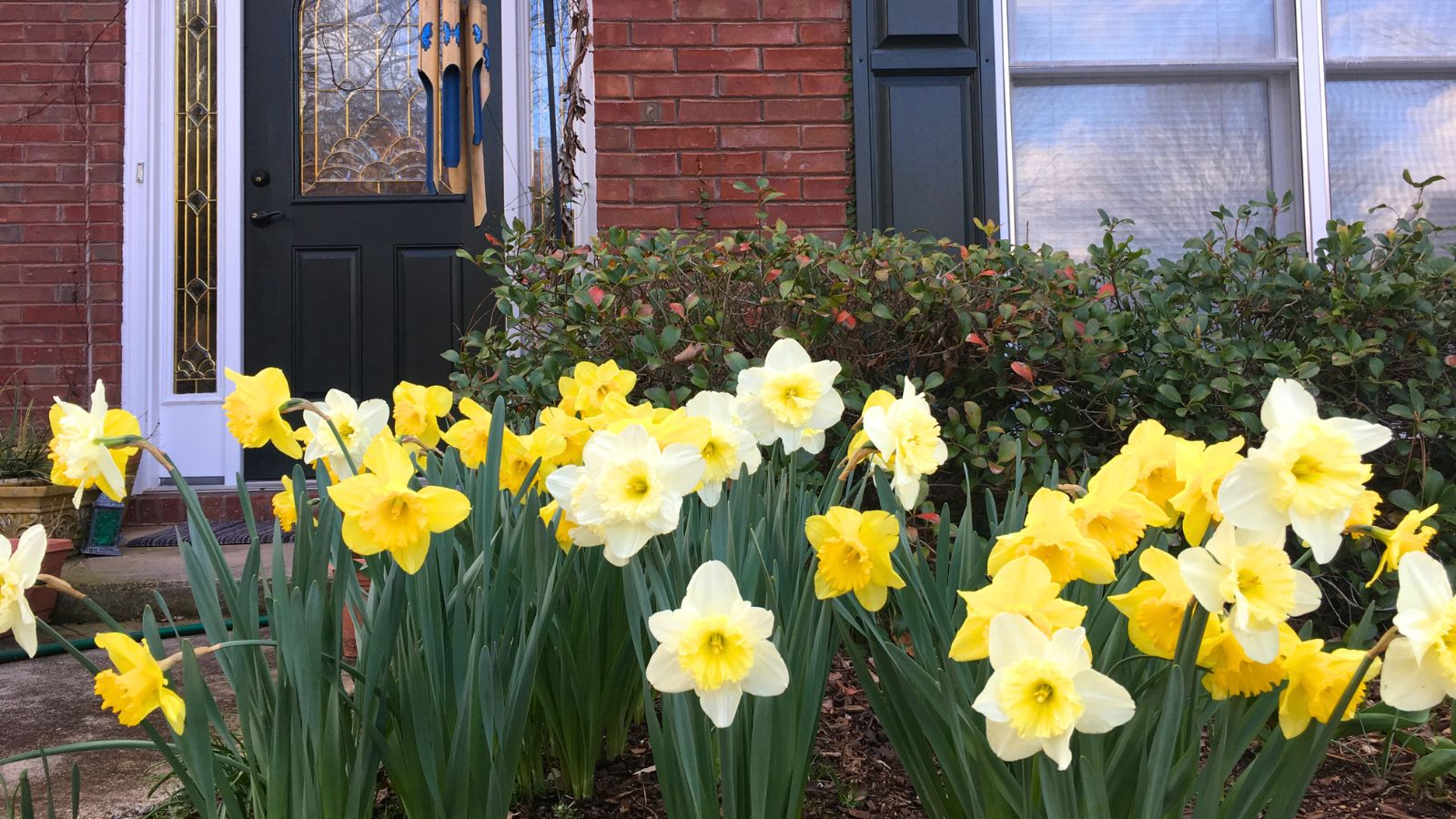














 English (US) ·
English (US) ·  French (CA) ·
French (CA) ·